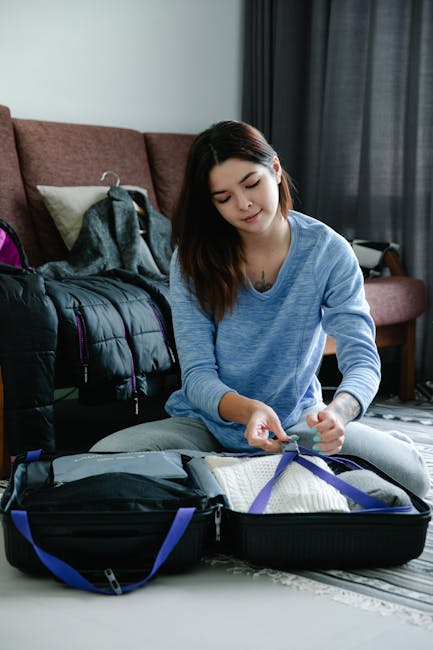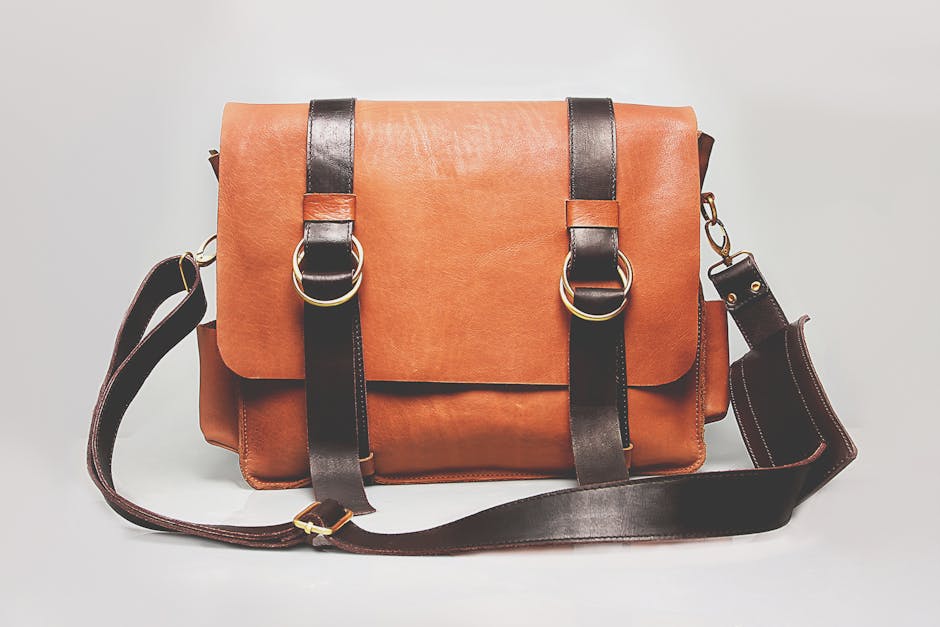Building a Repurposed Lifestyle One Project at a Time
Are you looking to reduce your environmental impact, save money, and unleash your creativity? Building a repurposed lifestyle, one project at a time, might be the perfect solution. It’s about finding new life for old items, transforming discarded materials into something useful and beautiful. This approach not only benefits the planet but also adds a unique touch to your home and lifestyle.
Introduction
The concept of repurposing isn’t new, but its popularity is soaring as people become more aware of the impact of consumerism and waste. Repurposing goes beyond simply recycling; it involves creatively transforming an item for a purpose other than its original intended use. From turning old t-shirts into shopping bags to crafting furniture from pallets, the possibilities are endless. It’s about embracing resourcefulness and minimizing your contribution to landfills.
Getting Started with Repurposing
Identifying Repurposable Materials
The first step is to train your eye to see potential in discarded items. Look around your home, your neighbor’s trash (with permission, of course!), and even local recycling centers for materials that can be repurposed. Consider these common sources:
- Household Items: Old jars, bottles, furniture, clothing, and linens.
- Construction Materials: Pallets, scrap wood, tiles, and bricks.
- Packaging Materials: Cardboard boxes, plastic containers, and glass bottles.
- Textiles: Old clothes, curtains, and blankets.
Simple Repurposing Projects for Beginners
Start with easy projects to build your confidence and skills. Here are a few ideas:
- Mason Jar Storage: Clean and decorate mason jars to store pantry items, craft supplies, or toiletries.
- T-Shirt Bags: Cut and sew old t-shirts into reusable shopping bags.
- Pallet Furniture: Disassemble pallets to create simple furniture pieces like coffee tables or benches. (Ensure pallets are heat treated and safe to use).
- Wine Bottle Vases: Clean and decorate empty wine bottles to create unique vases.
More Advanced Repurposing Projects
As you gain experience, you can tackle more complex projects. These might require more time, skill, and specialized tools:
- Upcycled Furniture: Transform old dressers or tables with new paint, hardware, or repurposed components.
- Repurposed Lighting Fixtures: Create unique lamps and chandeliers using reclaimed materials.
- Gardening with Recycled Materials: Build raised garden beds from pallets or old tires.
- Clothing Alterations: Transform old clothes into new outfits or accessories.
Benefits of Building a Repurposed Lifestyle
Environmental Impact
Repurposing significantly reduces waste sent to landfills, conserving natural resources and reducing pollution associated with manufacturing new products. It promotes a more sustainable and circular economy.
Cost Savings
By repurposing materials, you can save money on home decor, furniture, and other household items. You’ll be surprised how much you can create without spending a fortune.
Creative Expression
Repurposing allows you to express your creativity and create unique, one-of-a-kind items. It’s a rewarding way to personalize your living space and showcase your resourcefulness.
Community Engagement
Share your repurposing projects with friends and neighbors, inspiring them to adopt a more sustainable lifestyle. Consider joining local repurposing groups or workshops to learn new skills and connect with like-minded individuals.
Tips for Successful Repurposing
- Plan Your Projects: Before you start, sketch out your ideas and gather the necessary materials and tools.
- Safety First: Always wear appropriate safety gear, such as gloves, safety glasses, and a dust mask, when working with power tools or potentially hazardous materials.
- Start Small: Don’t overwhelm yourself with ambitious projects at first. Begin with simple projects and gradually increase the complexity as you gain experience.
- Be Patient: Repurposing can be time-consuming, so be patient and enjoy the process.
- Embrace Imperfection: Repurposed items often have a unique character and charm, so don’t strive for perfection. Embrace the imperfections and celebrate the originality of your creations.
Conclusion
Building a repurposed lifestyle is a journey, not a destination. By embracing resourcefulness, creativity, and a commitment to sustainability, you can transform your home, your lifestyle, and your impact on the planet, one project at a time. Start small, experiment, and have fun! The rewards are well worth the effort.














Post Comment